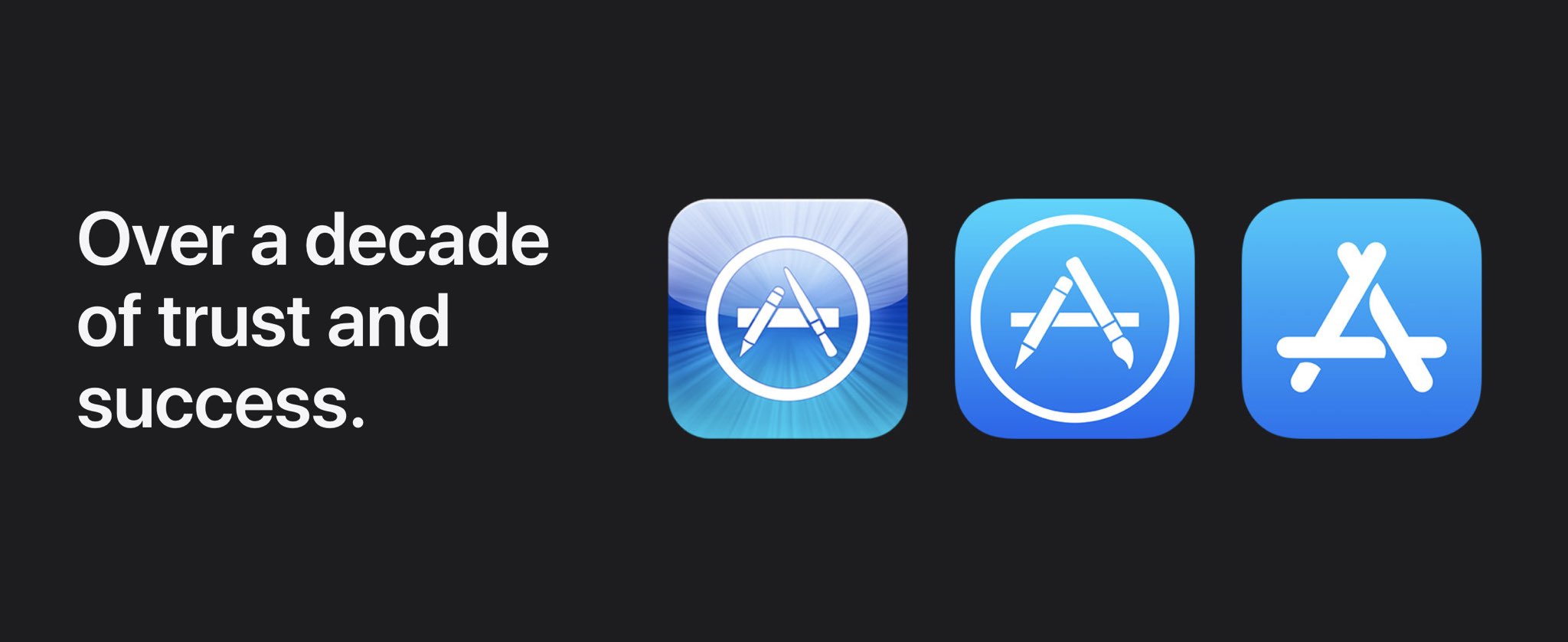Apple has made a change to its App Store policies in the United States to allow buttons or links for external payment methods in third-party apps.

Apple long barred developers from embedding links to alternative payment options for digital content acquired through its In-App Purchase mechanism. It was the easiest way to collect a 30 percent fee and retain full oversight of the proceeds.
This is called an anti-steering policy. It’s why there’s nothing but the login field when you launch Netflix on your iPhone for the first time. It’s also why many in-app subscriptions are priced higher than their web counterparts.
US App Store apps can finally link to external payments
Apple’s now updated the App Store Review Guidelines for developers in the United States. The most significant change is the addition of External Purchase Link Entitlement to StoreKit, the software framework its developers are required to use to offer App Store downloads and in-app purchases in their apps.
Under the rise guidelines, no more than a single link is permitted on one screen per app. Also, Apple will need to approve your Link Entitlement. The company notes an in-app link (or button) may inform users about where and how to purchase digital items “and the fact that such items may be available for a comparatively lower price.”
You’ll soon start seeing these links in some apps. Upon clicking such a link, you’ll be yanked out of the app and land on the developer’s website where you’ll be able to use alternative payment methods to pay for your in-app purchase items.
You can do this today with some subscriptions, but now apps can finally link to web payments. But in no way does it mean that Apple doesn’t get to collect its fee.
Apple still gets to take its cut
On the contrary, developers who take advantage of outside payments will still need to hand over as much as 27 percent of the proceeds to Apple.
As for subscriptions, Apple has generously lowered its cut to twelve percent for any subscription that runs uninterrupted longer than a year, down from fifteen percent.
Developers who implement these links and buttons are required to send monthly sales reports to Apple, and let it peek into their books anytime it wants.
This change is only available to US developers. In other parts of the world, “apps and their metadata may not include buttons, external links or other calls to action that direct customers to purchasing mechanisms other than in-app purchase.”
Apple’s legal troubles with governments
The App Store’s business model is under scrutiny from governments all over the world. Regulators in the European Union have been especially diligent in tying to break Apple’s iPhone and iPad app distribution monopoly.
In Europe, for example, Apple will need to allow alternative app stores very soon in order to comply with the block’s Digital Markets Act by March of this year.
European regulators are also eyeing how Apple handles the iPhone’s NFC. They’ll probably force the company to open up the feature to rivals like PayPal.